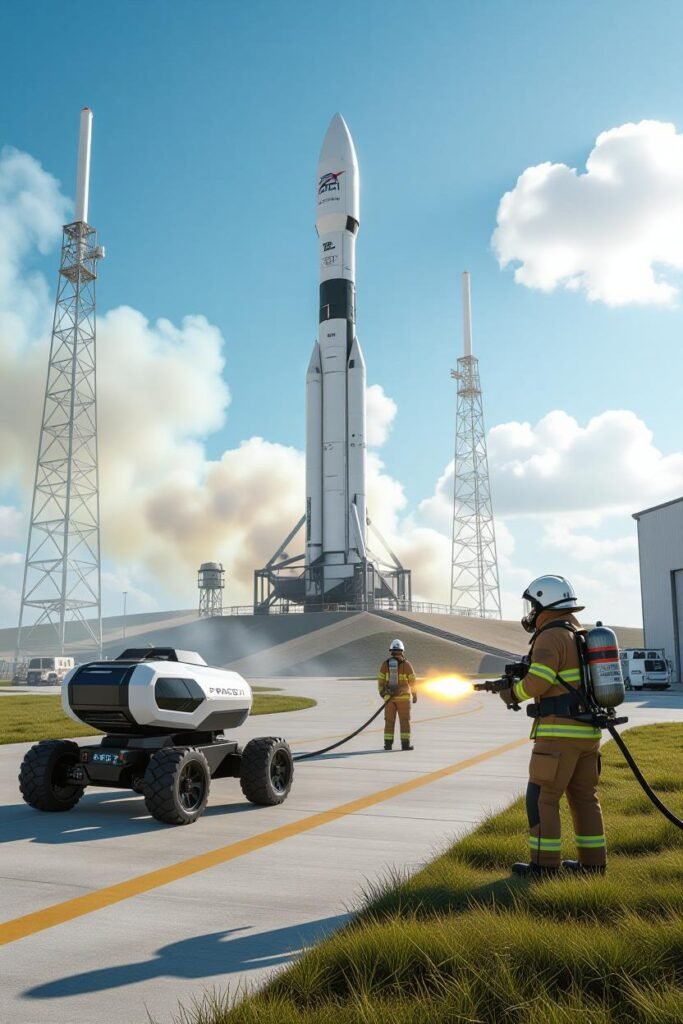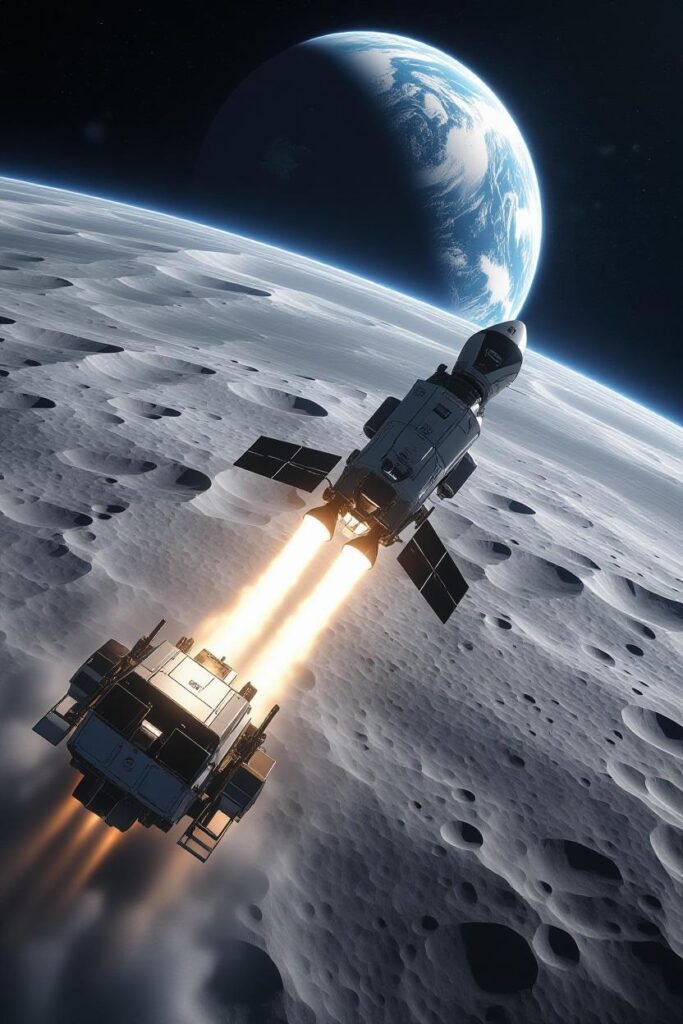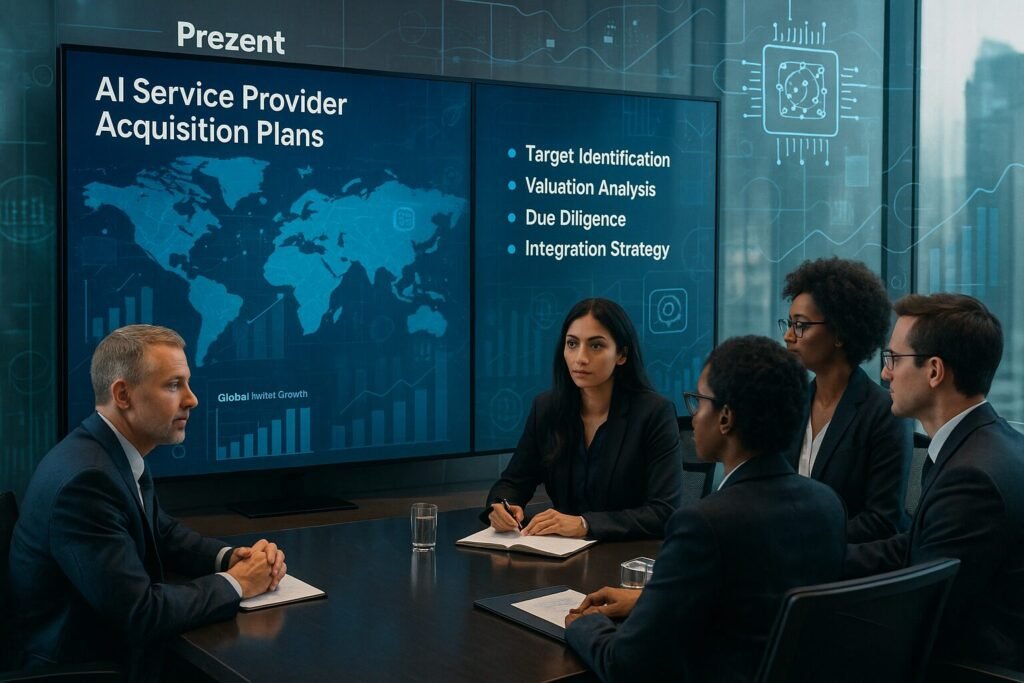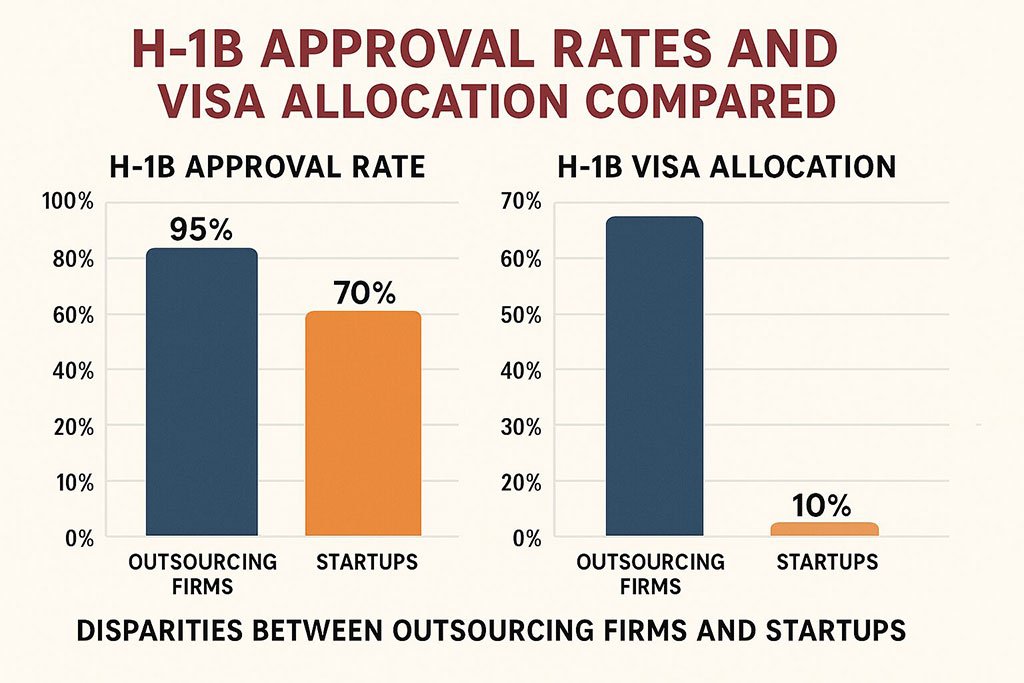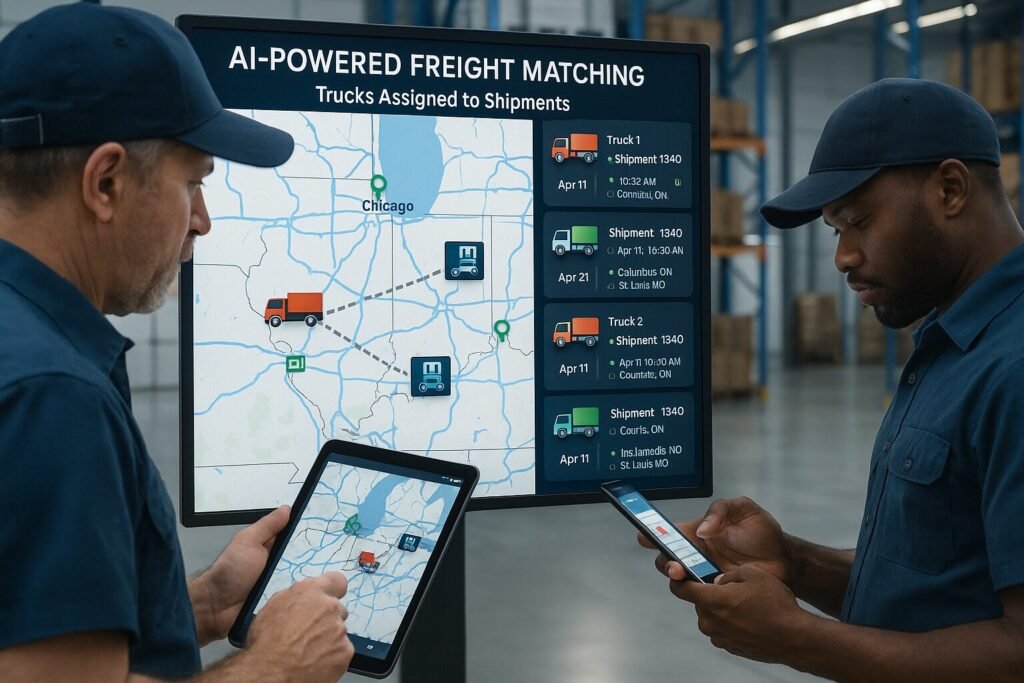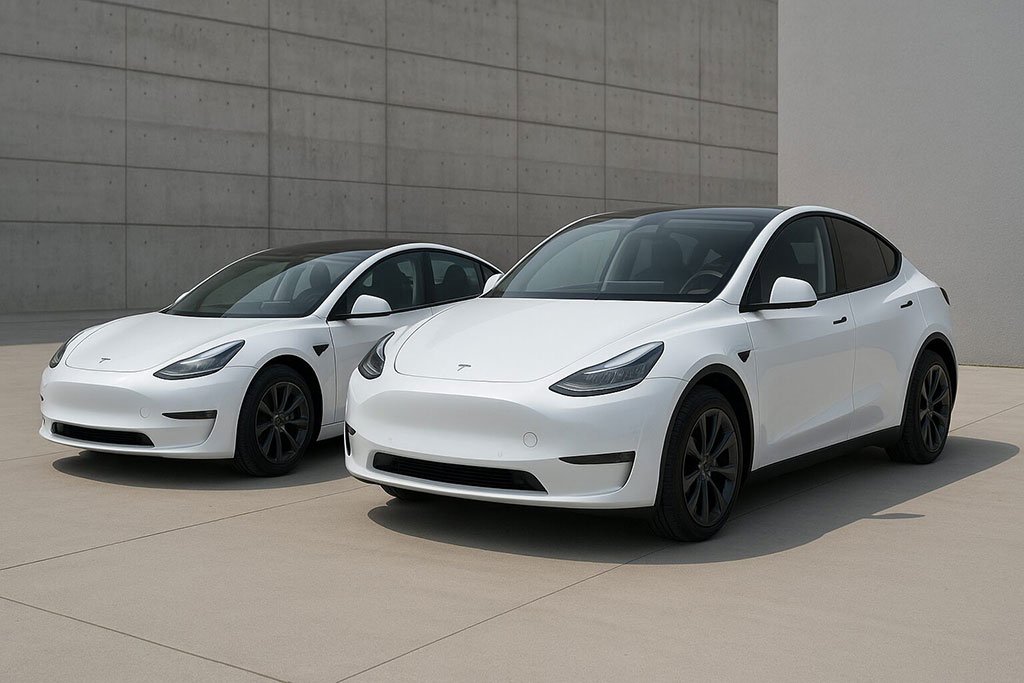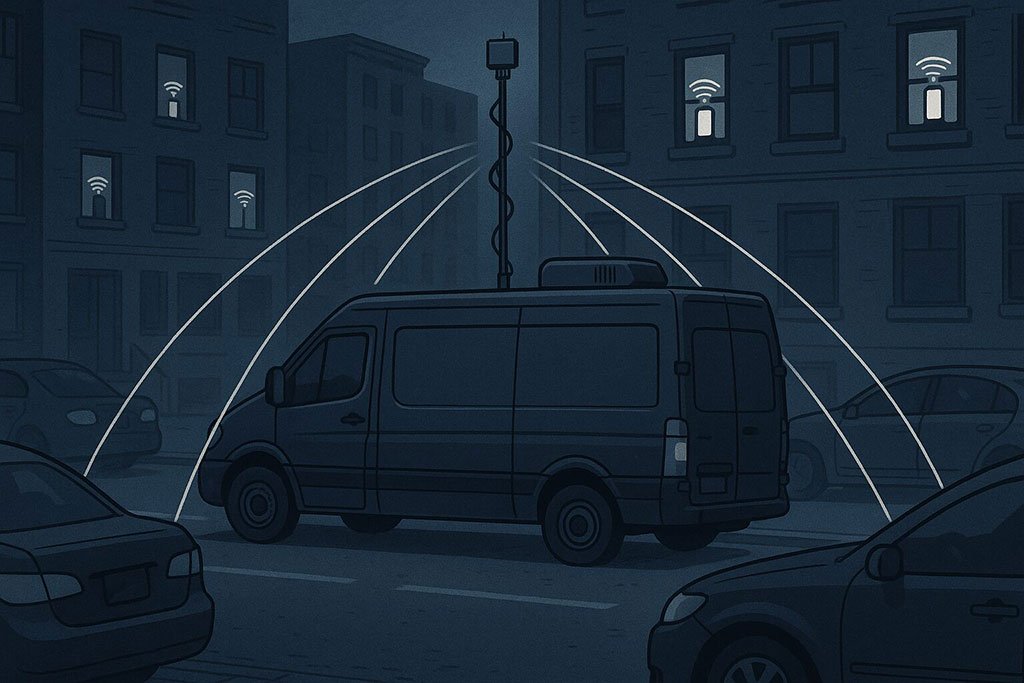Now Reading: Starship V2 Milestones Wrap Up as SpaceX Accelerates Into the V3 Phase
-
01
Starship V2 Milestones Wrap Up as SpaceX Accelerates Into the V3 Phase
Starship V2 Milestones Wrap Up as SpaceX Accelerates Into the V3 Phase
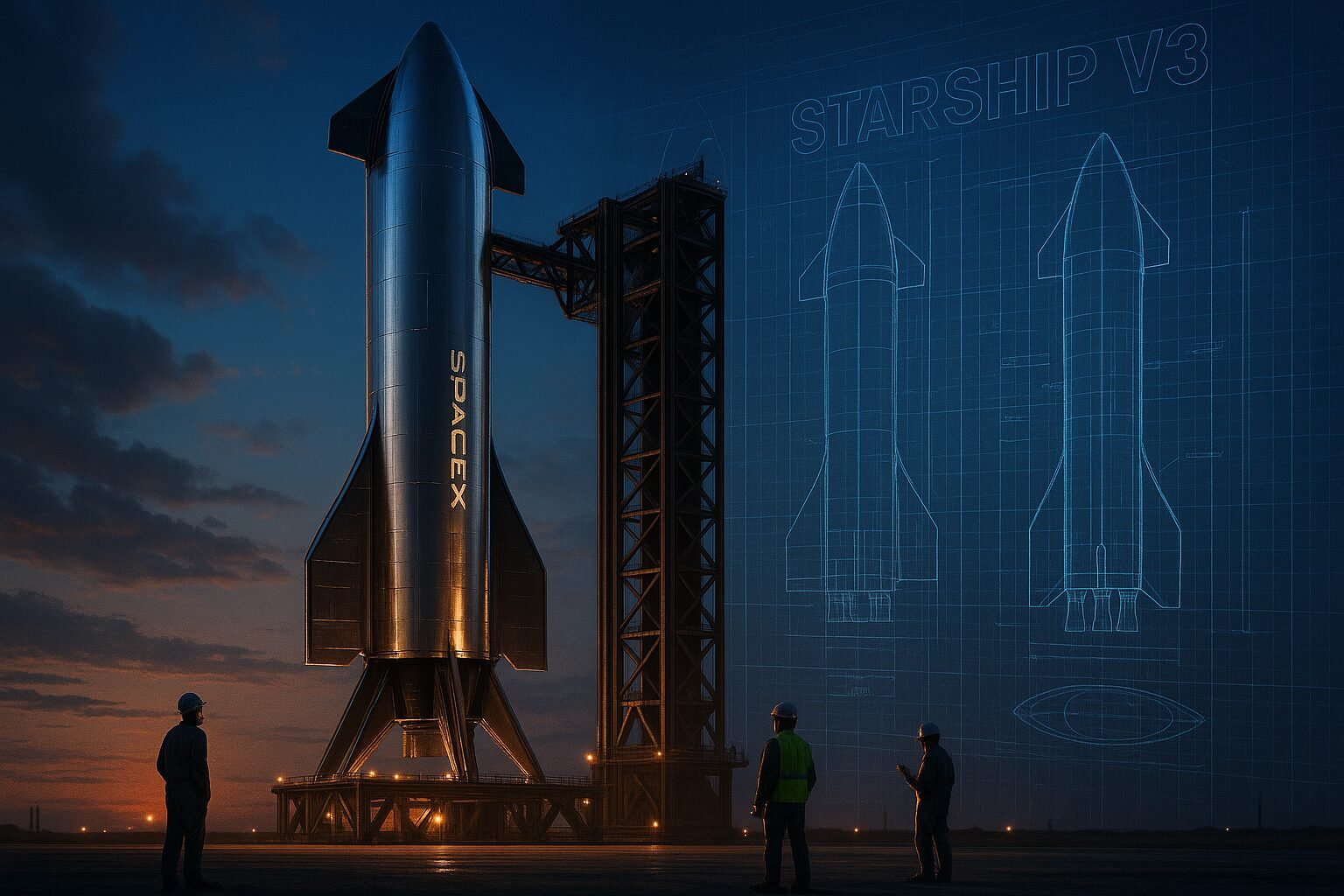
SpaceX continues to push the boundaries of possibility. With the Starship V2 program reaching its significant milestones, the company is now accelerating toward the Starship V3 phase—a stage that promises enhanced capabilities, deeper space exploration, and an unprecedented leap toward humanity’s interplanetary ambitions.
The V2 phase was never just a test; it was a critical proving ground. Engineers and scientists meticulously optimized every aspect of the spacecraft, from its propulsion systems to aerodynamic stability, ensuring that the next generation, Starship V3, will soar higher, carry more, and operate with unmatched efficiency. This editorial delves deep into Starship V2’s achievements, the innovations shaping V3, and what this means for space exploration globally.
Starship V2: Achievements and Breakthroughs
Structural and Design Evolution
The V2 program marked a notable shift in spacecraft design. SpaceX employed advanced stainless steel alloys, optimizing for both strength and thermal performance. The V2’s structural refinements reduced weight while enhancing heat resistance—a crucial factor for safe re-entry into Earth’s atmosphere. Engineers also improved the spacecraft’s aerodynamic surfaces, ensuring smoother flight dynamics during suborbital hops and controlled landings.
Propulsion and Raptor Engine Advances
At the heart of Starship V2’s success is the Raptor engine. Multiple static fire tests validated its reliability, fuel efficiency, and thrust capabilities. By fine-tuning combustion parameters and nozzle geometry, SpaceX has not only increased performance but also laid the groundwork for V3’s higher payload capacity and longer-duration missions.
Flight Testing and Hops
Suborbital test flights were a cornerstone of the V2 program. Each hop provided invaluable data on navigation, control systems, and landing precision. These controlled experiments allowed engineers to identify and rectify vulnerabilities, ensuring that V3 will benefit from a robust foundation of flight-tested solutions.
Heat Shield Innovation
Re-entry survivability remains one of the most challenging aspects of spacecraft engineering. V2 tested new heat shield materials capable of withstanding extreme temperatures without compromising weight or structural integrity. These innovations pave the way for future deep-space missions, where safe re-entry will be critical.
Reusability Optimization
SpaceX has always emphasized sustainable and cost-efficient spaceflight. V2’s iterative improvements in recovery systems—ranging from aerodynamic flaps to landing algorithms—significantly reduced turnaround times. This focus on rapid reusability will carry forward into V3, enabling more frequent and reliable missions.
Transitioning to Starship V3
Starship V3 represents not just an incremental improvement but a transformative leap. Building on V2’s achievements, V3 aims to redefine interplanetary travel. Key focus areas include:
-
Enhanced Payload Capacity: Designed to carry heavier satellites, cargo, and eventually crewed missions to the Moon and Mars.
-
Autonomous Flight and Safety Systems: Advanced AI-driven navigation and redundant safety protocols will reduce operational risk.
-
Next-Generation Propulsion: Upgraded Raptor engines with higher efficiency and longer burn capabilities.
-
Rapid Turnaround: Streamlined maintenance and recovery systems will make frequent spaceflights economically viable.
V3 is not just about technological advancement; it is a strategic pivot toward operational readiness for deep-space missions. SpaceX is setting the stage for a future where interplanetary logistics become routine rather than experimental.
Global Impact of Starship Development
SpaceX’s Starship program has ripple effects far beyond U.S. borders:
-
International Collaboration: Countries worldwide are learning from SpaceX’s engineering innovations and operational methodologies, influencing both governmental and private aerospace initiatives.
-
Commercial Spaceflight Growth: The increased payload and reusability potential of V3 will enable a boom in satellite deployment, orbital manufacturing, and private space missions.
-
STEM Inspiration: V2 and V3 advancements inspire educational institutions, research labs, and young engineers globally, fostering a new generation of space innovators.
By merging ambition with practical engineering solutions, SpaceX’s Starship program is catalyzing a worldwide shift in how space travel is approached and implemented.
The Starship V2 program represents a defining chapter in modern aerospace history. Its structural breakthroughs, propulsion reliability, and reusability innovations have established a resilient foundation for the V3 phase. As SpaceX accelerates into this next stage, humanity stands at the threshold of a new era in space exploration—one where commercial, scientific, and interplanetary missions converge. Starship V3 is not just a spacecraft; it is a testament to human ingenuity and the audacious drive to push beyond Earth’s confines.
FAQs
What were the main goals of Starship V2?
To validate structural integrity, propulsion systems, aerodynamic control, heat shields, and reusability for future deep-space missions.
How does Starship V3 improve on V2?
V3 enhances payload capacity, engine efficiency, autonomous safety, and turnaround speed for frequent spaceflights.
What are the potential global impacts of Starship V3?
It will influence international space programs, commercial spaceflight, satellite deployment, and STEM education globally.
When can we expect the first V3 missions?
While exact dates are not confirmed, V3 development is in an accelerated testing phase and may launch experimental flights in the near future.
Stay on the frontier of space exploration! Subscribe to our newsletter for in-depth updates on SpaceX, Starship milestones, and global aerospace innovations.
Disclaimer:
All logos, trademarks, and brand names referenced herein remain the property of their respective owners. Content is provided for editorial and informational purposes only. Any AI-generated images or visualizations are illustrative and do not represent official assets or associated brands. Readers should verify details with official sources before making business or investment decisions.

